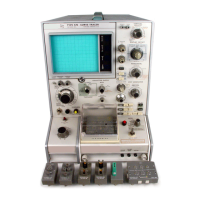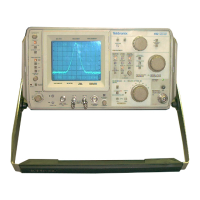Model 4200A-SCS Prober and External Instrument Control Section 5: Using a Keysight 4284/4980A LCR Meter
4200A-913-01 Rev. A December 2020 5-9
The oscillator output voltage level (5e-3 V to 20 V)
Measurement frequency of the sweep: 20 Hz to 1e6 Hz
The measurement range to use (in ohms): 0 (Auto), 100, 300, 1000, 3000, 10000,
30000, or 100000
Measurement model: Series or Parallel
The integration time to use:
▪ Short: 0
▪ Medium: 1
▪ Long: 2
Output: The measured array of capacitance values
A value equal to or greater than the G_or_Rsize number of steps in the sweep or
= ((StopV − StartV)/StepV) + 1; when this function is called from a Clarius UTM,
the value is fixed at 1350
Output: The array of voltage biases used in the sweep
A value equal to or greater than the G_or_Rsize number of steps in the sweep or
= ((StopV − StartV)/StepV) + 1; when this function is called from a Clarius UTM,
the value is fixed at 1350
Output:
▪ When the parallel measurement model (1) is selected, G_or_R is the
measured conductance
▪ When the series measurement model (0) is selected, this is the measured
resistance
A value equal to or greater than the G_or_Rsize number of steps in the sweep or
= ((StopV − StartV)/StepV) + 1; when this function is called from a Clarius UTM,
the value is fixed at 1350
Details
This user module performs a capacitance versus voltage staircase sweep. For an example of how to
run a C-V sweep, see Model 4284A or 4980A C-V Sweep Test Example (on page 5-6). In this
example, the Model 4284A or Model 4980A outputs a linear staircase voltage sweep from +3 V to
−4 V in 50 mV steps. A capacitance measurement is made on each step of the sweep.
If a switch matrix to route signals is being controlled by a connection action UTM (for example,
connect), there is no need to connect LoPin and HiPin. Set these parameters to 0.













